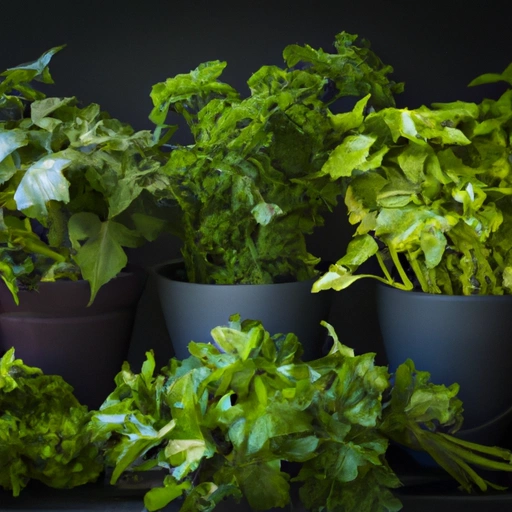Herbs
Description

Herbs are the aromatic leaves of plants that are used to flavor and garnish food. Unlike spices, which are typically derived from the seeds, bark, or roots of plants, herbs usually come from the leafy green part of a plant. Herbs have been used for centuries in cooking to add depth and complexity to dishes without adding extra calories or fat. They can be used fresh or dried, and they play a crucial role in cuisines around the globe, offering distinctive flavors that define regional dishes.
Common uses
Herbs are commonly used to flavor soups, stews, salads, sauces, and marinades. They can also be used as garnishes or to create herbed butters and oils. Both fresh and dried herbs are staples in kitchen pantries and gardens, and they are often combined with spices to create complex flavor profiles in dishes.
Nutritional value
Calories
Herbs are generally low in calories, with most fresh herbs containing less than 1 calorie per tablespoon (about 1 gram).
Protein
Herbs contain a minimal amount of protein, typically less than 0.1 grams per tablespoon.
Fat
Herbs are virtually fat-free, with most varieties containing less than 0.2 grams per tablespoon.
Carbohydrates
Carbohydrates in herbs are negligible, usually less than 0.5 grams per tablespoon.
Vitamins
Herbs are rich in vitamins, particularly vitamins A, C, and K, with varying amounts depending on the type of herb.
Minerals
Herbs contain minerals like calcium, iron, and potassium, with quantities varying by herb type.
Health benefits
Herbs offer numerous health benefits, including anti-inflammatory and antioxidant properties, aiding in digestion, and providing essential nutrients. They may also contribute to heart health and help in the management of certain health conditions.
Potential risks
While herbs are generally safe when used in typical culinary amounts, excessive consumption or the use of certain herbs may pose risks, especially for pregnant women, individuals on medication, or those with health conditions. It is important to consult with a healthcare provider before using herbs for medicinal purposes.
Common recipes
Herbs are used in a myriad of recipes such as pesto, herb-crusted meats, salads like tabbouleh, and infused oils and vinegars.
Cooking methods
Herbs can be chopped, crushed, or used whole, and are added to dishes during different stages of cooking depending on the desired flavor intensity.
Pairing with other ingredients
Herbs are paired with a variety of foods, including meats, fish, poultry, vegetables, and grains. Each herb has its own unique pairing that can enhance the natural flavors of other ingredients.
Summary
Herbs are versatile ingredients that add flavor and nutritional benefits to meals without significant calories or fat. They have been an essential part of culinary traditions and natural medicine for centuries. With a variety of uses and health advantages, herbs are a valuable addition to any dish, contributing to both taste and well-being.